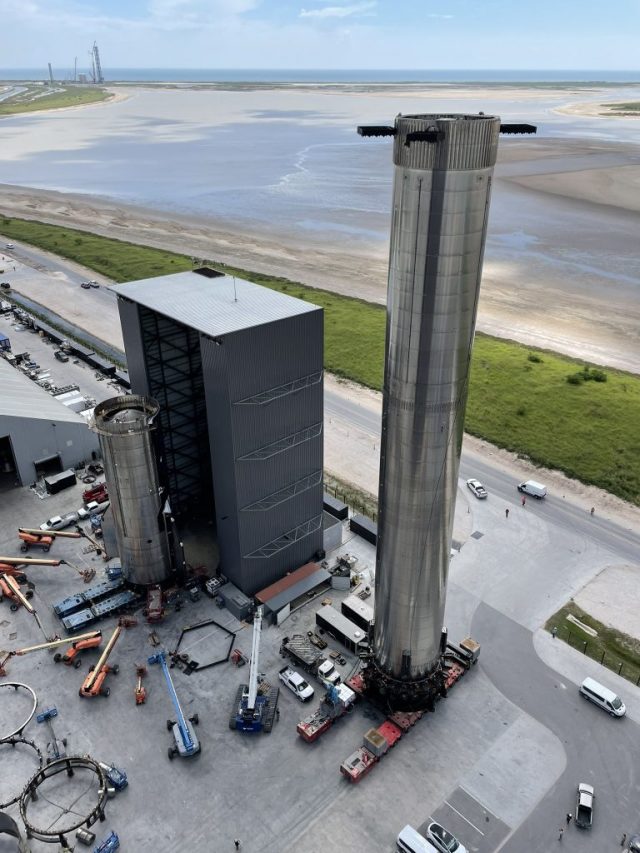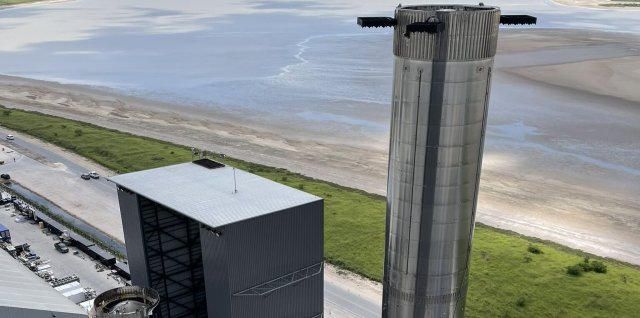SpaceX has installed 29 Raptor methane engines on the Super Heavy-the first stage of the Starship space system. Now it is assembled and can soon be used for the first orbital test.
Elon Musk's company continues to prepare for the Starship orbital tests. As it became known, SpaceX assembled the first stage of the Super Heavy B4, sending it to the launch pad.
The engineers installed 29 Raptor engines and four lattice rudders on the stage. Thus, we can talk about its high degree of readiness.
Super Heavy Booster moving to orbital launch mount pic.twitter.com/axaDnXNm84- Elon Musk (@elonmusk) August 3, 2021
It is also known about the active preparation of the Starship S20 ship, which will be launched using an accelerator. The upper wings were installed on the fairing and they began to cover the device with heat-protective tiles. Soon, the two parts of the system should dock.
According to the plans, the Super Heavy accelerator will be driven in the Gulf of Mexico. The spacecraft will enter orbit and then land in the Pacific Ocean.

The first stage of Starship
Image source: Elon Musk/Twitter
Over the past year, Elon Musk's company has conducted a number of flight tests of Starship prototypes, including both successful and partially successful, and completely unsuccessful Starship SN11 test in March.
The key tests took place on May 5. Then, with the help of three Raptor engines, the Starship prototype successfully broke away from the launch table, rose to a height of ten kilometers, turned into a horizontal position at the apogee and began to descend to 500 meters. After moving to an upright position, he successfully sat down.
Thus, SpaceX conducted the first successful high-altitude tests of the prototype. Strictly speaking, the March tests of the Starship SN10 can also be considered successful: the prototype took off and landed. However, shortly after landing, an explosion occurred that completely destroyed it. According to Musk, the cause of the accident of the space system technology demonstrator was the ingress of helium into the engine.
Landing and explosion of SN10 / ©youtube
Conceptually, Starship is a manned reusable space system. The mass of the load placed in a low reference orbit is more than 100 tons. The system's capabilities will allow conducting expeditions to the Moon, Mars and, possibly, other objects of our system.
On the basis of Starship, Musk's company will create the Starship HLS lunar lander, which will become part of the ambitious Artemis program. Its goal is to return astronauts to the moon (in the future, a long-term base can be built on the surface of the satellite). You can get acquainted with the concept of the program in detail in our material.



